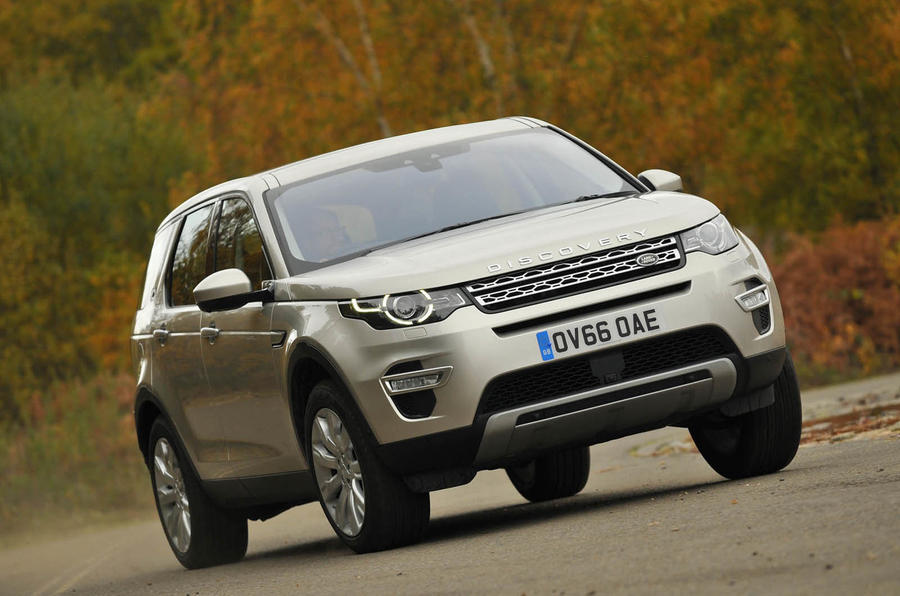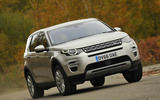What is it?
Although it may not seem it at first glance, this is the updated 2017 model year Land Rover Discovery Sport, here in plush HSE Luxury guise. True Land Rover geeks may have noticed the new Aruba metallic paint colour (one of four new shades) and there’s also the option of a new Graphite Pack that brings a dark finish for the grille, bonnet lettering and side vents.
The real changes come inside, though. The top infotainment system has been upgraded to the latest InControl Touch Pro, complete with a 10.2in super-wide touchscreen that has a higher resolution than before. Not only does it respond to pokes and prods, but you can swipe and pinch like a smartphone, too.
Interestingly, there’s also the addition of Tile Bluetooth tracker integration. This allows you to hunt down, say, lost bags or keys via the car's sat-nav, which can pinpoint exactly where you left them by locating a small attached tag bought separately from Tile. Rounding off the updates is the addition of driver condition monitoring, an intelligent speed limiter and lane keep assist.

























Join the debate
Add your comment
Recently I've had an E250, an
A review for a new touchscreen and some electrical gadgets?
Engine Noise
1. Looks great on the outside
2. Interior about right
3. Engine noise.
But judging by the number of happy buyers I don't think a rough engine bothers many these days in this class. My view is buyers now accept diesel and are not surprised if it's a bit rough around the edges.
Lots of these are sold as a pretty driveway vehicle with a very practical 7 seats.
We can get discounts on them, unlike the F-pace, but at the lower end of the range highlighting that the factory can't roll out enough.